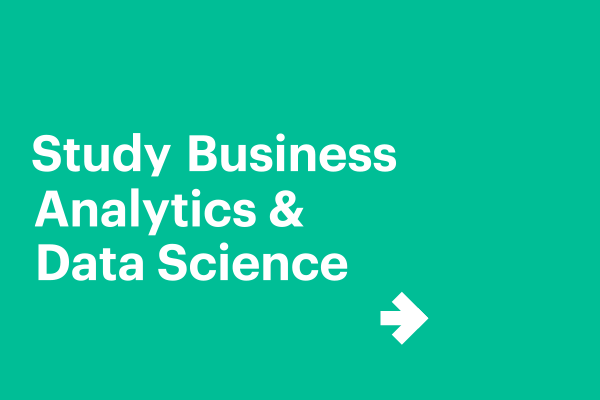Despite data being one of the aspects that drives businesses forward, informing most of the decisions that managers make, and ensuring financial stability, it’s still something that many business professionals write off.
Data can be confusing, and seem overly complex at first glance, but it can also open a whole world of insight and information that can make or break your business.
Suppose you’re working in a role that is heavily reliant and focused on scouring data. In that case, it can often be challenging to communicate the importance of the data to your fellow colleagues – and decision-makers – who don’t spend as much time crunching numbers.
Working in data analysis may seem like a role that is based upon hard skills, but if you want to use data correctly to improve your company or department, you’ll also need to learn some soft skills – including data storytelling.


What is data storytelling?
Data storytelling is about having the skills to take large data sets of information and present them in a way in which anyone can understand them, even if they don’t have any prior data analysis skills under their belt.
Not everyone can understand large amounts of data, so finding ways to present them clearly and concisely so that people can make decisions is an extremely important role for anyone who is working towards a data-focussed role when they graduate.
When you’ve uncovered an important piece of data that you think could be useful for your company, you want your managers to take action. However, if you’re only able to present the information in an Excel spreadsheet, chances are that many people will not engage with it, or they simply won’t understand what you need them to do.
Putting data into context is an essential part of the skill that’s known as data storytelling. It consists of three major components:
- The data itself
The most important part of this story is having the right set of data in the first place.
Before you start thinking about how you’re going to talk to your manager about improvements they could make, you need to give the data a full analysis.
In order to paint the full picture, you should use descriptive, predictive, diagnostic and prescriptive analysis. This will allow you to see the data from all sides and help your company to make an informed decision about what the most profitable next steps could be.
- An interesting and convincing story
If you picked up a book or started watching a TV series that didn’t grab your attention after the first chapter or episode, you might not want to continue reading or watching it anymore.
It’s much the same when you’re trying to present your data findings to your colleagues. If you aren’t attracting their interest straight away, you may start to lose your audience.
By creating a good story to communicate the insights from your data, you won’t have to worry about managers misunderstanding, or failing to pay attention to the points you’re trying to make.
Start off with the main point that you’re trying to show, but don’t jump into the facts and figures straight away. Being faced with a page full of numbers won’t mean much to anyone who doesn’t work with data every day, so always keep this in mind.
- Visual representations
As we’ve said, many people find pages of data to be complex and hard to understand, so if these are the only visual aids you’re using during your presentation, it’s unlikely that you’ll have a captive audience.
When you’re presenting your data, try to show it in ways that are visually appealing and understandable to everyone.
Use tools such as pie charts, graphs, diagrams, videos, or photos to illustrate your points. These visual representations of the data will be much more memorable and will convey your ideas easily to everyone in the audience.
Creating your data story
Every good data story should contain the following:
- A set of characters: In this case, it could be customers, engineers, managers, or other stakeholders who would be affected by the improvement you are suggesting.
- Setting the scene: Start to introduce the data to show how things currently are, this will provide context for your recommendations.
- An issue that needs to be solved: This could be something like falling market share, losing followers on social media, or a dip in sales.
- Resolution: The finishing point of your presentation will be your recommendations on how a solution can be found. Use data to back up all your points and your managers will start to take action right away.
What does a role as a data analyst look like?
If you love working with numbers, a data analyst role could be the perfect career path for you. It’s up to data analysts to collect and make sense of data using a range of specialist tools.
Using the data that you collect and analyse, you’ll be able to inform decision-making on both a small and large scale within the organization that you work for.
Some of the responsibilities you’ll have in your future role could include things like:
- Develop effective record management processes
- Identify areas where your company can improve efficiency and automation
- Design, carry out and analyse data
- Be responsible for competitor benchmarking
- Use business analytics reporting tools to prepare reports for internal and external use
- Take complex data sets and present them in a way that is meaningful and useful to other colleagues
Working as a data analyst can be a potentially lucrative career option, with entry-level roles starting at around US$31,000 and increasing to $133K for those who work their way up to senior positions.
Enhance your skills at EU Business School
If you’re interested in working in a data-focussed role and are looking for the perfect degree program to help you take the first steps of this career path, take a look at some of our programs at EU Business School.













